A portable water heater is a convenient and efficient way to have hot water on the go. However, if your portable water heater won't ignite, it can be frustrating and inconvenient. There are several common causes for ignition failure, such as a faulty igniter, gas supply issues, a clogged burner, or a malfunctioning control board. Fortunately, there are troubleshooting steps you can take to identify and fix the problem. Additionally, if you need to replace any faulty components, there are specific steps you can follow. By implementing preventive maintenance measures, you can also minimize the chances of ignition failure in the future. Here are some key takeaways to keep in mind:
Key Takeaways
- Regularly clean and inspect your portable water heater to prevent ignition failure.
- Check the gas supply regularly to ensure proper functioning.
- Clean or replace the burner if it is clogged.
- If the igniter is faulty, replace it with a new one.
- Consider professional maintenance to ensure the optimal performance of your portable water heater.
Common Causes of Ignition Failure
Faulty Igniter
If your portable water heater fails to ignite, one of the common causes could be a faulty igniter. The igniter is responsible for creating a spark that ignites the gas and starts the heating process. Replacing the igniter may be necessary if it is damaged or worn out. Before replacing the igniter, make sure to turn off the gas supply and disconnect the power source to ensure safety. Once the new igniter is installed, reconnect the gas supply and power source, and test the water heater to see if it ignites properly.
Gas Supply Issues
Gas supply issues can often be the cause of ignition failure in portable water heaters. If there is a problem with the gas supply, the heater will not be able to ignite and heat the water. To troubleshoot gas supply issues, first, check if the gas valve is open. If it is closed, open it to allow gas flow to the heater. Additionally, check the gas line for any leaks or blockages. If there are any leaks, they should be repaired immediately to ensure safe operation of the heater. If there are blockages, clear them to allow proper gas flow. It is important to regularly inspect the gas supply to prevent any issues that may affect the ignition of the water heater.
Clogged Burner
If your portable water heater has a clogged burner, it may fail to ignite. A clogged burner can occur due to a buildup of debris or dirt in the burner assembly. To fix this issue, you can follow these steps:
-
Clean the burner : Use a soft brush or compressed air to remove any debris or dirt from the burner assembly. Make sure to turn off the water heater and disconnect it from the power source before cleaning.
-
Inspect the gas supply : Check if there are any obstructions or leaks in the gas supply line. If necessary, repair or replace the gas supply line.
-
Test the igniter : Check if the igniter is functioning properly. If it is damaged or worn out, replace it with a new one.
-
Check the control board : Inspect the control board for any signs of damage or malfunction. If needed, replace the control board with a new one.
Remember to always follow the manufacturer's instructions and safety guidelines when working on your portable water heater.
Malfunctioning Control Board
If your portable water heater won't ignite, one possible cause could be a malfunctioning control board . The control board is responsible for regulating the ignition process and ensuring that all components are functioning properly. If the control board is faulty, it may prevent the ignition sequence from starting. To troubleshoot and fix this issue, follow the steps below:
Troubleshooting Steps
Check Igniter for Damage
-
Inspect the igniter for any signs of damage or wear. Look for cracks, breaks, or discoloration.
-
If the igniter appears damaged, it may need to be replaced. Consult the manufacturer's instructions or contact a professional for guidance.
-
Ensure that the igniter is properly aligned and positioned. It should be close enough to the burner to ignite the gas, but not touching it.
-
Check the wiring connections to the igniter. Make sure they are secure and free from any corrosion or damage.
-
If the igniter is in good condition and properly connected, but still not igniting the gas, there may be an issue with the control board or gas supply. Refer to the troubleshooting steps for further guidance.
Inspect Gas Supply
When inspecting the gas supply, there are a few key things to keep in mind:
-
Check for gas leaks : Use a gas leak detector or a solution of soapy water to check for any leaks in the gas supply line. If you detect a leak, it is important to shut off the gas supply immediately and contact a professional for repairs.
-
Ensure proper gas pressure : Use a pressure gauge to check the gas pressure at the water heater. The pressure should be within the manufacturer's recommended range. If the pressure is too low or too high, it can cause ignition problems.
-
Inspect gas valves : Check the gas valves to ensure they are fully open and not obstructed. If the valves are partially closed or blocked, it can restrict the gas flow and prevent ignition.
-
Verify gas supply : Make sure there is an adequate supply of gas to the water heater. Check the gas meter to ensure it is not turned off or the gas supply is not interrupted.
Remember, if you are unsure or uncomfortable with inspecting the gas supply, it is always best to consult a professional for assistance.
Clean the Burner
To clean the burner, start by soaking the burner heads and caps in a mixture of liquid dish soap and warm water or distilled white vinegar and water for about 20 to 30 minutes. This will help loosen any built-up grime or debris. After soaking, use a soft brush or cloth to scrub away any remaining dirt. Rinse the burner heads and caps thoroughly with water and allow them to dry completely before reassembling. It's important to clean the burner regularly to ensure proper ignition and efficient heating.
Test the Control Board
To test the control board, follow these steps:
- Disconnect the power supply to the water heater.
- Remove the control board cover.
- Inspect the control board for any visible damage or burnt components.
- Use a multimeter to check for continuity and proper voltage on the control board.
- If any issues are found, consider replacing the control board with a new one.
Remember to always exercise caution when working with electrical components. If you are unsure or uncomfortable performing these steps, it is recommended to seek professional assistance.
Replacing Faulty Components

Replacing the Igniter
When replacing the igniter, it is important to follow these steps:
- Disconnect the power supply to the water heater.
- Remove the old igniter carefully, taking note of its position.
- Install the new igniter in the same position as the old one.
- Reconnect the power supply and test the ignition.
Remember to always refer to the manufacturer's instructions for specific guidance on replacing the igniter.
Repairing Gas Supply Issues
When it comes to repairing gas supply issues with your portable water heater, there are a few important steps to follow:
-
Check the gas valve : Ensure that the gas valve is fully open and not partially closed. A partially closed gas valve can restrict the flow of gas to the burner, resulting in ignition failure.
-
Inspect the gas line : Carefully examine the gas line for any signs of damage or leaks. If you notice any cracks, holes, or other issues, it is important to repair or replace the gas line to ensure a safe and reliable gas supply.
-
Test the gas pressure : Use a gas pressure gauge to measure the gas pressure at the water heater. Compare the measured pressure to the manufacturer's specifications to determine if the gas pressure is within the acceptable range.
-
Clean the gas burner : Over time, the gas burner can become clogged with debris or dirt, affecting its performance. Clean the burner thoroughly using a soft brush or compressed air to remove any obstructions.
Remember, if you are unsure or uncomfortable with performing any of these steps, it is always best to consult a professional for assistance.
Cleaning or Replacing the Burner
To clean or replace the burner, follow these steps:
- Turn off the power to the water heater.
- Remove the burner assembly from the water heater.
- Inspect the burner for any signs of damage or debris.
- If the burner is dirty, clean it using a soft brush or compressed air.
- If the burner is damaged beyond repair, replace it with a new one.
Remember to always refer to the manufacturer's instructions for specific guidance on cleaning or replacing the burner.
Replacing the Control Board
When it comes to fixing your portable water heater, one of the components that may need to be replaced is the control board . The control board is responsible for regulating the ignition process and ensuring that the heater functions properly. If you have determined that the control board is faulty and needs to be replaced, follow these steps:
-
Disconnect the power supply : Before replacing the control board, make sure to disconnect the power supply to the water heater to avoid any electrical accidents.
-
Remove the old control board : Carefully remove the old control board from the water heater, taking note of its position and any connections.
-
Install the new control board : Place the new control board in the same position as the old one and reconnect any necessary connections.
-
Test the new control board : Once the new control board is installed, test the water heater to ensure that it ignites properly and functions as expected.
Remember to always refer to the manufacturer's instructions when replacing any components in your water heater.
Preventive Maintenance

Regular Cleaning and Inspection
Regular cleaning and inspection are crucial for maintaining the performance and longevity of your portable water heater. Here are some important tips to keep in mind:
-
Clean the exterior of the heater regularly to remove dust and debris that can accumulate over time.
-
Inspect the burner for any signs of corrosion or damage. If necessary, clean or replace the burner to ensure proper functioning.
-
Check the gas supply connections for any leaks or loose fittings. Tighten any loose connections and repair any leaks immediately.
-
Test the pressure relief valve to ensure it is functioning correctly. This valve is an important safety feature that releases excess pressure in the heater.
-
Consider scheduling professional maintenance at least once a year to ensure all components are in good working condition.
Remember, regular cleaning and inspection can help prevent ignition failure and extend the lifespan of your portable water heater.
Checking Gas Supply Regularly
Regularly checking the gas supply is crucial for ensuring the proper functioning of your portable water heater. By monitoring the gas supply, you can identify any potential issues early on and take necessary actions to prevent ignition failure. Here are some tips to help you in checking the gas supply regularly:
-
Observe the Gas Pressure : Check the gas pressure gauge on the water heater to ensure it is within the recommended range. Low gas pressure can lead to ignition problems.
-
Inspect Gas Connections : Inspect the gas connections for any leaks or loose fittings. Use a solution of soapy water to detect any gas leaks. If you notice any leaks or loose connections, tighten them or seek professional assistance.
-
Verify Gas Shut-Off Valve : Make sure the gas shut-off valve is fully open. A partially closed valve can restrict the gas flow and cause ignition issues.
-
Clean Gas Burner : Regularly clean the gas burner to remove any debris or dirt that may obstruct the gas flow. Refer to the manufacturer's instructions for proper cleaning techniques.
-
Schedule Professional Inspection : Consider scheduling a professional inspection of your portable water heater at least once a year. A trained technician can identify any potential gas supply issues and perform necessary maintenance or repairs.
Remember, a well-maintained gas supply is essential for the proper functioning and safety of your portable water heater.
Replacing Worn Out Parts
When it comes to fixing your portable water heater, one of the key steps is to replace any worn out parts . Over time, certain components may become damaged or worn, leading to ignition failure. By replacing these parts, you can restore the functionality of your water heater and ensure it ignites properly.
It is important to identify the specific parts that need replacement. This can include the igniter, gas supply components, burner, or control board. Inspect each of these parts carefully and determine if they show signs of wear or damage. If so, follow the appropriate steps to replace them.
Remember to always refer to the manufacturer's instructions when replacing parts. This will ensure that you install the correct components and maintain the safety and efficiency of your portable water heater.
Professional Maintenance
Regular professional maintenance is essential for ensuring the optimal performance and longevity of your portable water heater. Here are some important steps to consider:
-
Schedule annual maintenance : It is recommended to have a professional technician inspect and service your water heater at least once a year. This will help identify any potential issues and ensure that all components are functioning properly.
-
Check for leaks : During the maintenance visit, the technician should thoroughly inspect the water heater for any leaks. Addressing leaks promptly can prevent further damage and potential safety hazards.
-
Flush the tank : Over time, sediment and mineral deposits can accumulate in the tank, affecting its efficiency. Flushing the tank during maintenance can help remove these deposits and improve the heater's performance.
-
Inspect and clean the burner : The burner is responsible for igniting the gas and heating the water. Regular inspection and cleaning of the burner can prevent clogs and ensure proper ignition.
Tip : Consider signing up for a maintenance plan offered by your water heater manufacturer or a professional service provider. These plans often include regular maintenance visits and can help extend the lifespan of your water heater.
Remember, professional maintenance is crucial for keeping your portable water heater in optimal condition and avoiding potential issues.
Preventive maintenance is crucial for the longevity and efficiency of your tankless water heater. By regularly inspecting and cleaning your unit, you can prevent costly repairs and ensure that it continues to provide hot water on demand. At Camplux, we offer top-rated tankless water heaters that are perfect for adventurers and outdoor enthusiasts. Our portable water heaters provide hot water in literally seconds, allowing you to enjoy a refreshing shower wherever you go. Don't let nature hold you back - take on any adventure with a portable shower from Camplux. Visit our website today to explore our range of tankless water heaters and find the perfect one for your needs.
Conclusion
In conclusion, troubleshooting and fixing a portable water heater that won't ignite can be a simple process. By following the steps outlined in this article, you can identify and resolve common issues that may prevent the ignition of your water heater. Remember to safely handle any repairs or replacements, and consult a professional if needed. With a little patience and knowledge, you can enjoy the convenience of a fully functional portable water heater once again.
Frequently Asked Questions
Why won't my portable water heater ignite?
There could be several reasons why your portable water heater won't ignite, such as a faulty igniter, gas supply issues, a clogged burner, or a malfunctioning control board.
How can I check if the igniter is damaged?
To check if the igniter is damaged, you can visually inspect it for any signs of wear or damage. If it appears to be in good condition, you can also test it using a multimeter.
What should I do if there are gas supply issues?
If you suspect gas supply issues, you should first check if the gas valve is fully open. You can also inspect the gas line for any leaks or blockages. If necessary, you may need to contact a professional to repair the gas supply.
How do I clean the burner?
To clean the burner, you can use a brush or compressed air to remove any debris or buildup. Be sure to turn off the gas supply and allow the burner to cool before cleaning.
Can I replace the igniter myself?
Replacing the igniter can be a DIY project if you have the necessary skills and tools. However, if you're not confident in your abilities, it's best to hire a professional to ensure proper installation.
How often should I perform preventive maintenance on my portable water heater?
It is recommended to perform preventive maintenance on your portable water heater at least once a year. This can help identify and address any potential issues before they become major problems.
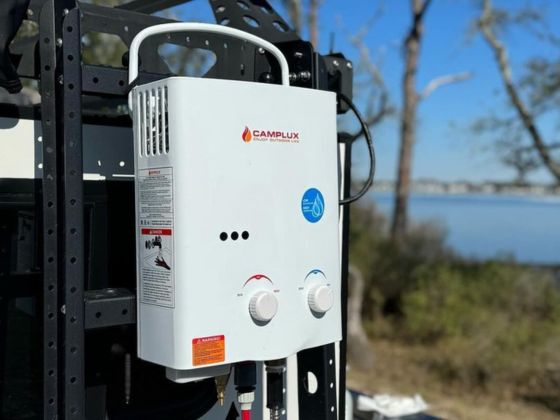
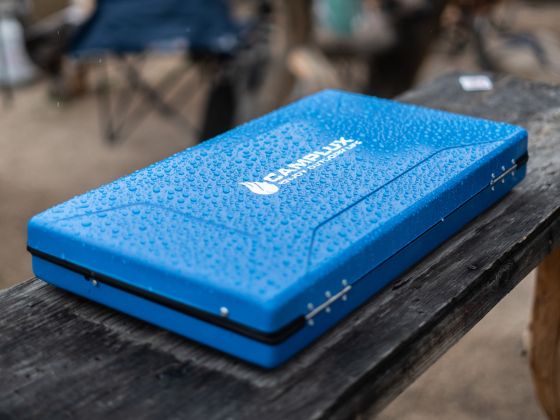
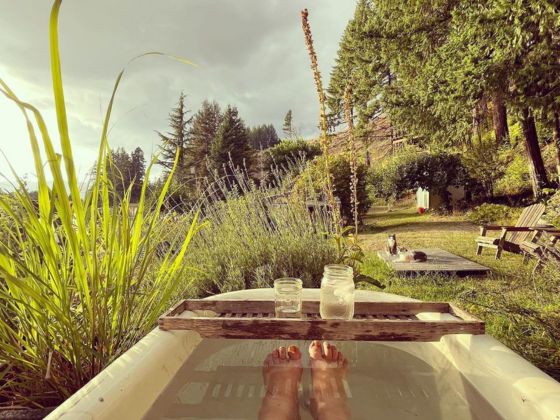
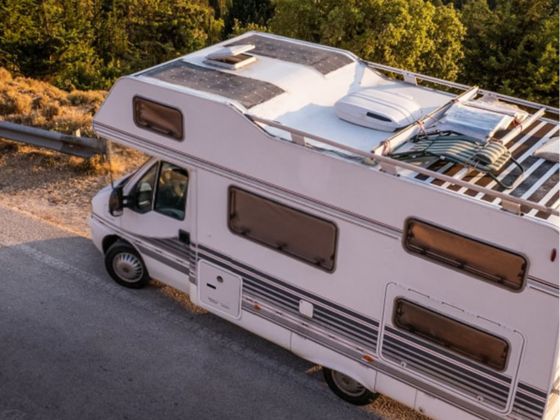
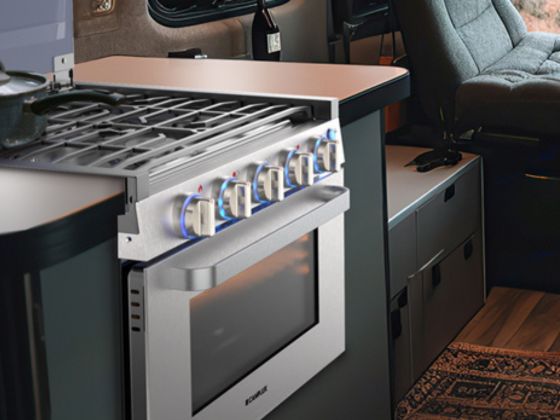
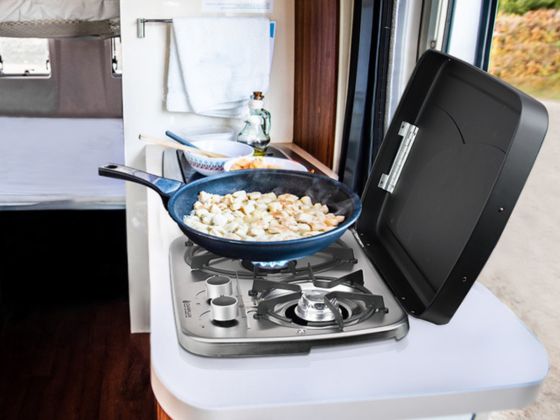
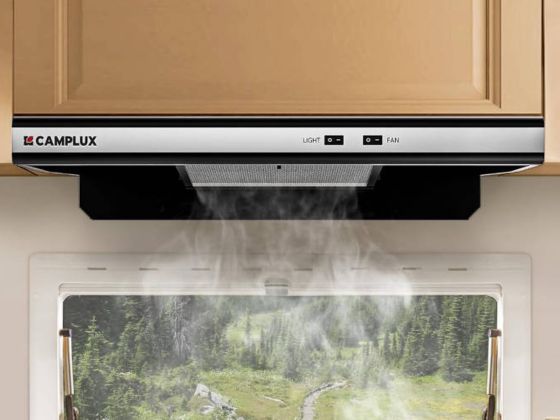
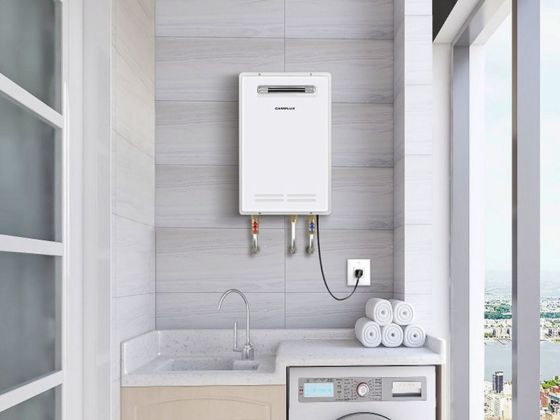
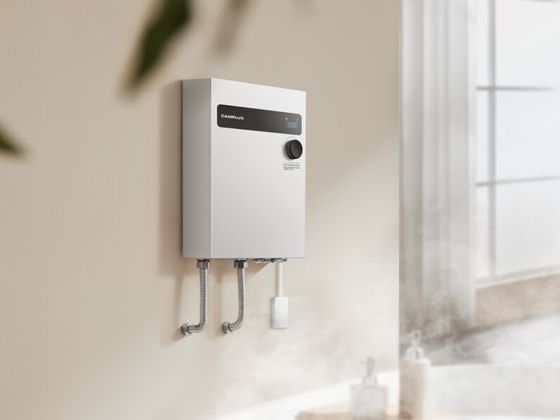
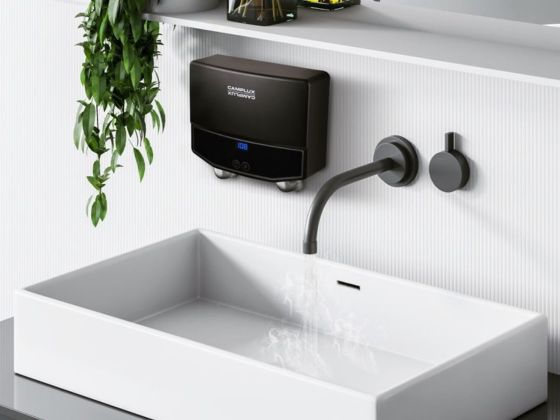





2 Kommentare
stan
camplux portable hotwater on demand wont ignite water pump im using is a joolca (New)
camplux portable hotwater on demand wont ignite water pump im using is a joolca (New)
Lisa
Can you recommend someone to service our camplux outdoor water heater in Vancouver, BC, Canada?
Can you recommend someone to service our camplux outdoor water heater in Vancouver, BC, Canada?